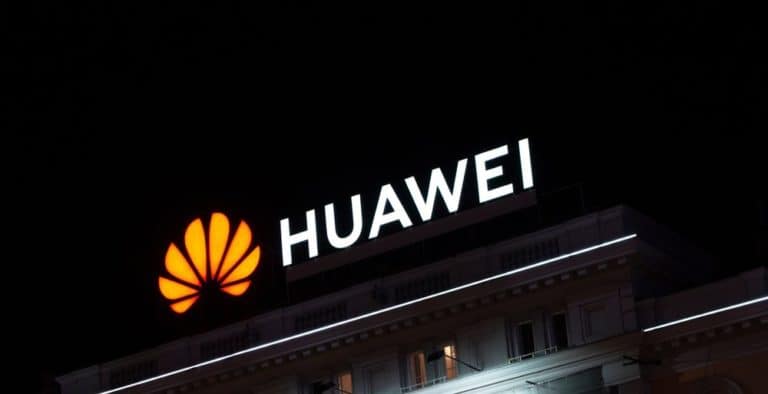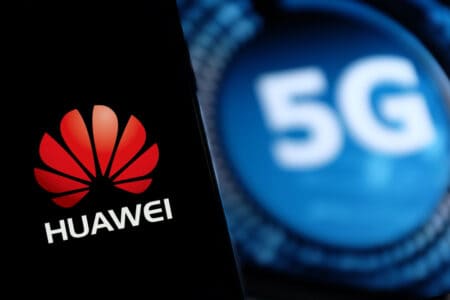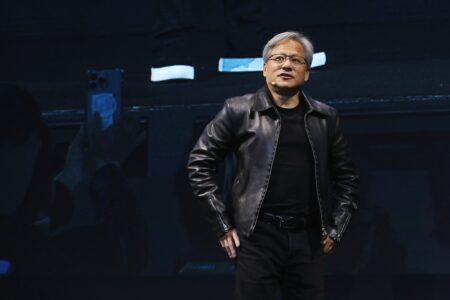With 5G, all kinds of new possibilities will come, including connected cars. This has to do with the low latency that the new network offers. Huawei knows that too, and will use its 5G technology to develop radars for self-driving vehicles.
Xu Zhijun, the chairman of the Huawei board of directors, informs Reuters that the manufacturer will create an “ecosystem” of sensors in cars.
Specifically, the company will use its 5G technology to develop millimeter-wave radar and laser radar. This technology is used by car manufacturers to collect information about the environment of an autonomous car. There is no information yet about when Huawei’s products will be ready.
Huawei looking at the car industry
Huawei is not new to the car industry. In April, the company presented the first 5G hardware for the automotive industry. It is a module on the 5G chipset Balong 5000, which allows manufacturers to incorporate self-propelled technology into their cars.
In September there was another update in the field of autonomous cars. The company launched a new strategy to develop solutions and applications within AI, including a management and control system for autonomous vehicles.
It remains to be seen, however, to what extent the products will soon be available on the Western market. The Chinese company has been at odds with the US and various other Western countries for some time now. The US in particular is concerned that Huawei equipment may be misused for espionage. Huawei has always denied this.
New strategies
However, these tensions do mean that Huawei is now focusing on new strategies. Not only does it focus on autonomous cars, but the company also invested $1.5 billion in a developer program that allows programmers to write software for the company’s mobile operating system: HarmonyOS.
In this way, Huawei hopes to find alternatives for American suppliers, who are no longer allowed to trade with the Chinese manufacturer because of a ban.
HarmonyOS is currently only appearing in China under the name HongmengOS, but will later also appear in other regions under the name HarmonyOS.



















